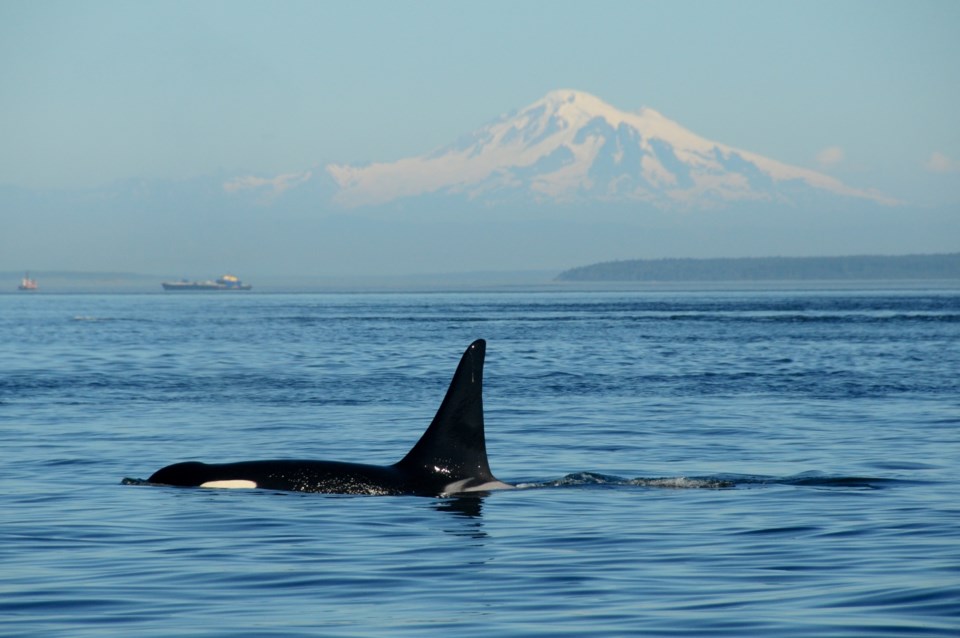While the southern resident killer whale population struggles to stay stable, researchers don't believe their prey is to blame.
According to a , marine biologists studying life off the coast concluded that the favourite meal for the local orcas (Chinook salmon) is as plentiful here as it is for the more stable northern resident killer whale population (most commonly spotted at the northern end of Â鶹´«Ã½Ó³»Island).
"Contrary to expectations, we found that both killer whale habitats had patchy distributions of prey that did not differ in their frequencies of occurrence, nor in the size compositions of individual fish," write the authors.
In other words, one population is and the other rebounding. The cause is unknown, but it doesn't seem to be an issue with access to their prey, which is Chinook salmon (both eat salmon exclusively, and Chinook primarily). While salmon stocks are in rough shape, it's the same for both.
"Northern and southern resident killer whales have a strong mutual reliance on Chinook salmon, but do not appear to have been equally affected by range-wide declines of Chinook salmon," they note.
While the northern group now numbers around 300, the southern pods number in the mid-70s.
They note that previous studies correlated low numbers of salmon returning to spawn with the decline of the southern resident killer whales, which are fewer in number and thinner than their northern brethren, but that doesn't match with what's being seen in the north. They decided to look at how the salmon stock looked in the summer, during peak hunting for the orcas in the area.
"The goal of our study was to assess whether southern resident killer whales are experiencing a shortage of prey in the Salish Sea during summer," the authors explained, noting they used the northern group to compare.
They study the density and frequency of Chinook to determine if there was a comparatively higher amount of prey in the north. They found in the patch they studied (in Juan de Fuca Strait) there were up to six times as many fish, with distribution and size of fish about equal.
While the study noted it appears there's plenty of fish available for the southern resident killer whales in southern B.C., it didn't measure other factors that may affect their ability to hunt, like the presence of human vehicles or noise from boats and ships. It also only looked at one area; the southern resident killer whale pods travel as far south as central California.



